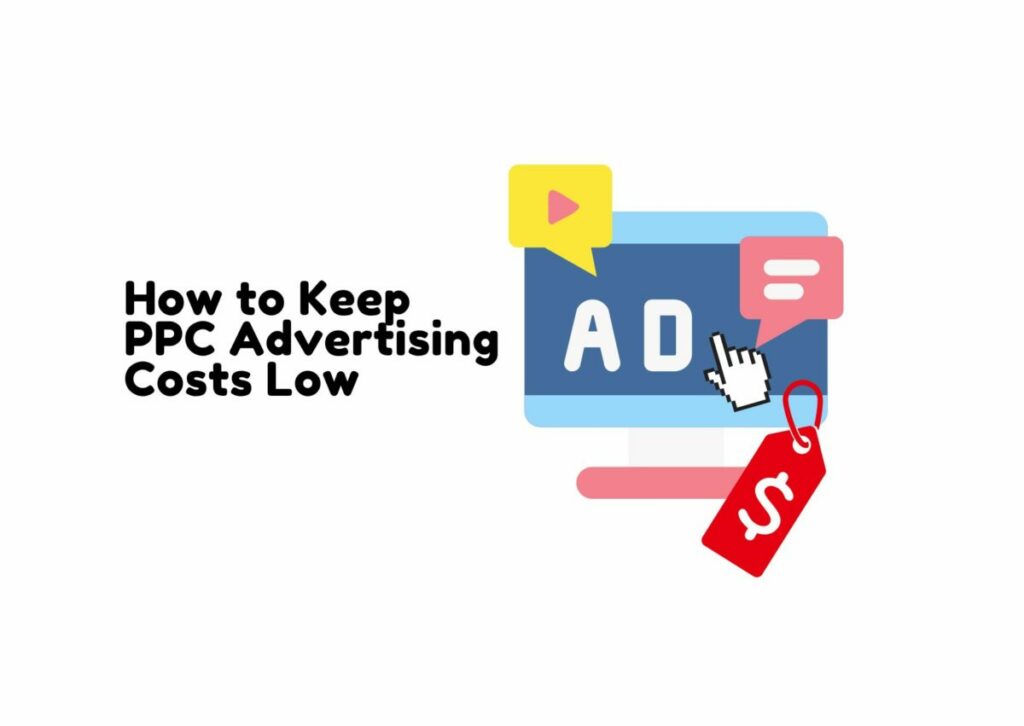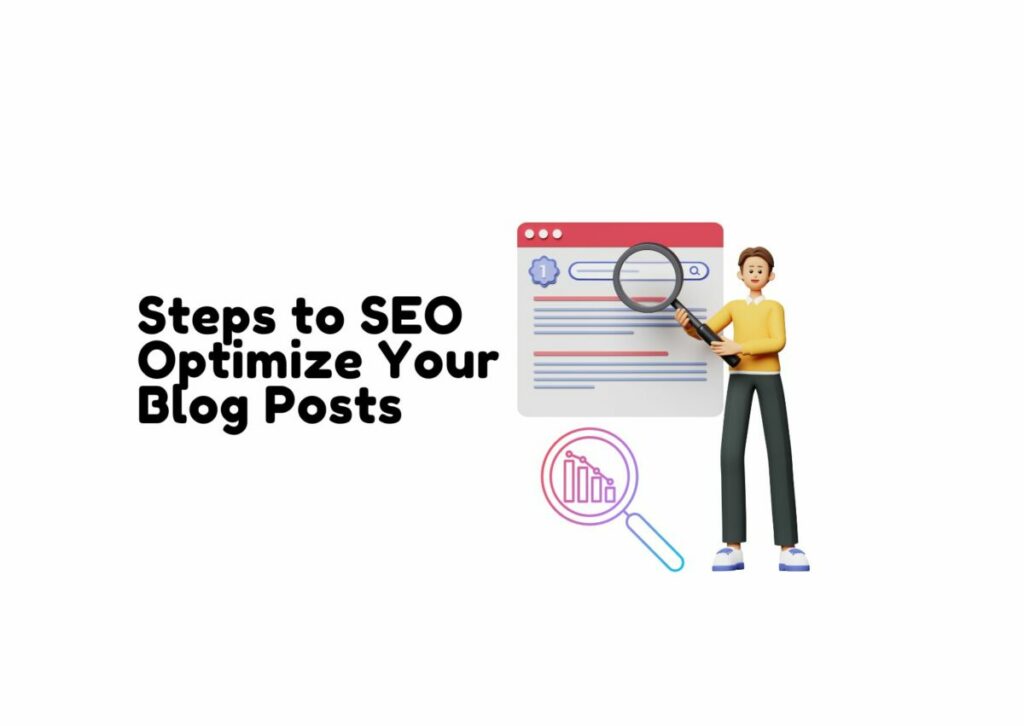Ethical backlinking practices are essential for building trust and authority in search engine optimization (SEO). Backlinks act as votes of confidence from one site to another, helping to improve visibility and rankings on search engines like Google. By using ethical strategies, such as content marketing and original research, you can earn high-quality backlinks without compromising your reputation.
Conducting original research and creating unique content can set your website apart from competitors. Unique, well-researched content attracts journalists, editors, and bloggers, naturally leading to valuable backlinks. These backlinks not only boost your SEO but also establish your site as an authoritative source in your field.
Being a source for reporters and bloggers is another ethical approach to gaining backlinks. By providing valuable, expert information, your site gains credibility and trust. These connections can lead to sustained link-building opportunities, driving long-term success for your SEO efforts.
The Pros and Cons of Adding Backlinks to Sold Themes

Adding backlinks to sold themes can significantly impact SEO and website credibility. Examine the benefits such as improved SEO and the risks, including potential penalties and ethical concerns.
Advantages of Backlinks in Themes
Backlinks in sold themes can boost SEO for the selling site. Each time a theme buyer uses the theme, a link can direct traffic to the original creator. This boosts the PageRank and increases overall visibility.
Moreover, backlinks can help build authority and trust. When multiple websites link back, search engines might perceive the original source as reputable. Additionally, backlinks in themes save time and effort involved in traditional link building strategies.
Another benefit lies in effective anchor text use. Tailored anchor text can improve keyword rankings, drawing more organic traffic. Each backlink acts as a mention, enhancing the credibility of the source site.
Potential Drawbacks and Ethical Considerations
On the flip side, adding backlinks to themes can raise ethical concerns. Buyers may not realize they’re boosting someone else’s SEO. This can be seen as deceptive, undermining the trust between theme creator and user.
Google penalties are another risk. Paying for backlinks or including them in themes without disclosure can lead to penalties. This could drastically drop the website’s ranking or even remove it from search results.
Lastly, backlinks in themes might not be of high quality. They may come from irrelevant or low-authority sites, negatively affecting overall SEO. Ensuring that these links are natural and relevant remains crucial to avoid negative impacts.
Best Practices for Ethical Backlinking

Focusing on creating high-quality content and establishing genuine connections can lead to effective and ethical backlinking. Exploring these methods ensures that backlinks contribute positively to your site’s SEO strategy.
Creating Valuable Content for Link Acquisition
High-quality content is the cornerstone of ethical backlinking. Content that provides unique insights, original research, and relevant information attracts natural backlinks. For instance, infographics and detailed guides often get shared widely because they offer value.
Using keyword research tools like SEMrush and BuzzSumo helps identify topics that resonate with the target audience. Compelling content tailored to audience needs increases the likelihood of gaining quality backlinks from authoritative websites. Always aim for relevance and usefulness to maximize link acquisition.
Strategies for Ethical Link Outreach
Ethical link outreach involves reaching out to relevant sites and requesting backlinks in a respectful manner. Email outreach can be very effective if it is personalized and shows an understanding of the recipient’s content. One should avoid templates that appear spammy or generic.
Platforms like HARO (Help A Reporter Out) connect content creators with journalists seeking sources, providing opportunities for brand mentions. Highlighting your content’s user experience and relevance makes it easier to earn nofollow and dofollow links beneficial for SEO.
Leveraging Relationships with Bloggers and Journalists
Building lasting relationships with bloggers and journalists plays a vital role in securing ethical endorsements. Networking within your industry helps establish connections that can lead to guest posts on respected blogs. These posts should be rich in high-quality content and tailored to each site’s audience.
Interactive strategies, such as participating in forums and comment sections, enhance these relationships. Regularly sharing and promoting others’ content helps create a reciprocal environment where quality backlinks are exchanged naturally. Ethics and sincerity in these interactions ensure long-term benefits.
By focusing on these best practices, one can create a robust, ethical backlinking framework that aligns with modern SEO strategies and maintains the integrity of their online presence.
Alternatives to Hidden Backlinks

Transparency is key in ethical backlinking. Using honest and clear methods aligns with Google’s guidelines and builds trust with your audience.
Journalistic Sources
One way to gain backlinks ethically is to be a valuable source of information. When your content is accurate and helpful, journalists and bloggers are likelier to link to it.
Original Research
Creating unique, original research attracts attention. This kind of content is often cited by other industry professionals, providing valuable backlinks.
Reclaim Unmentioned Links
Sometimes your brand gets mentioned without a link. Reach out politely to request a link. This is a straightforward way to gain backlinks without resorting to hidden methods.
Resource Pages
Many websites have a “Suggest a Resource” link. This can be a great way to share your content and earn backlinks. Ensure your content is genuinely valuable and relevant to the resource page.
Visual Content
Embedding your website’s links within appealing visuals can encourage sharing and backlinking. Infographics, charts, and other visuals are likely to get shared, bringing links back to your site naturally.
Using these ethical practices helps improve your SEO while respecting your audience and following Google’s standards. Following these methods, practitioners can achieve growth and maintain integrity in their digital marketing efforts.
Google’s Stance on Backlinking in Themes

Google has strict guidelines regarding backlinking practices in themes. Adhering to these rules is crucial to maintain SEO rankings and avoid penalties. This section addresses Google’s specific guidelines and the consequences of not following them.
Understanding Google’s Guidelines
Google emphasizes the importance of quality and relevance in backlinking. Links embedded within themes should add value, not just serve as a way to build links. They should be contextually relevant and beneficial to users.
Google discourages practices like embedding excessive or irrelevant backlinks in themes. Using unnatural links can be seen as manipulative and may violate their guidelines. Such links can undermine trust and authority, both of which are essential for high search rankings.
Algorithm updates often target manipulative backlinks. Google relies on these updates to identify and penalize such practices. Staying informed about these updates is vital for maintaining compliance and avoiding unwanted penalties.
Using ethical backlinking tactics like creating linkable assets and focusing on link reclamation helps build a credible backlink profile within themes. These practices align with Google’s view that backlinks should naturally enhance the user experience.
Consequences of Non-Compliance
Violating Google’s guidelines can lead to significant penalties. These penalties may result in downgraded search rankings or, in severe cases, removal from search results entirely. Ensuring compliance is essential to avoid these repercussions.
Penalties for non-compliance may stem from manual actions or automated algorithm adjustments. For instance, Google’s algorithms can detect and demote sites using black hat tactics. These sanctions can drastically reduce site traffic and visibility.
Repeated violations might lead to long-term damage. Recovering from penalties is often challenging and time-consuming, requiring extensive link audits and corrections. Employing proper backlinking strategies in themes reduces the risk of penalties and maintains a site’s trust and authority.
Using tools like Google Alerts can help monitor backlinks. Early detection of problematic links allows for timely action, which can prevent severe penalties. This proactive approach ensures backlinks remain a valuable asset rather than a potential liability.
Tools for Monitoring Backlink Quality

Ensuring high-quality backlinks is essential for maintaining strong search engine standings and protecting your site from penalties. The following tools provide effective ways to monitor your backlink quality and make informed decisions.
Using Ahrefs for Backlink Analysis
Ahrefs is a powerful tool for monitoring backlinks and analyzing your backlink profile. It provides comprehensive data, helping identify both high-quality backlinks and potential spam links.
Features of Ahrefs:
- Site Explorer: Offers a detailed overview of your backlinks and referring domains.
- Content Explorer: Helps find content that has earned the most backlinks across the web.
- Backlink Audit: Allows users to perform detailed backlink audits to identify harmful links.
Ahrefs is effective for discovering unlinked brand mentions, opportunities for broken link building, and guest posts. Tracking the quality of inbound links, it helps avoid link farms and black hat link building techniques that can harm your site’s credibility and visibility on search engine results pages (SERPs).
Other Tools: SEMRush and Google Search Console
SEMRush is another robust tool with features that make backlink monitoring straightforward and insightful.
Features of SEMRush:
- Backlink Audit Tool: Offers a detailed analysis of your backlinks and helps detect harmful links.
- Backlink Gap Tool: Compares your backlink profile with that of your competitors to uncover link-building opportunities.
- Competitor Analysis: Identifies the best sources of high-quality backlinks based on competitors’ profiles.
Google Search Console is a free, essential tool for any website owner.
Features of Google Search Console:
- Links Report: Shows who links to your site, helping identify potential link farms or spam links.
- Monitoring: Keeps track of your site’s indexing status and ensures no harmful backlinks slip through.
- Actionable Insights: Provides alerts and recommendations for improving backlink quality.
Using these tools, you can safeguard against spamming, improve domain authority, and enhance referral traffic through ethical and well-researched SEO practices. Combining these resources ensures a thorough and efficient strategy for managing your backlinks.

